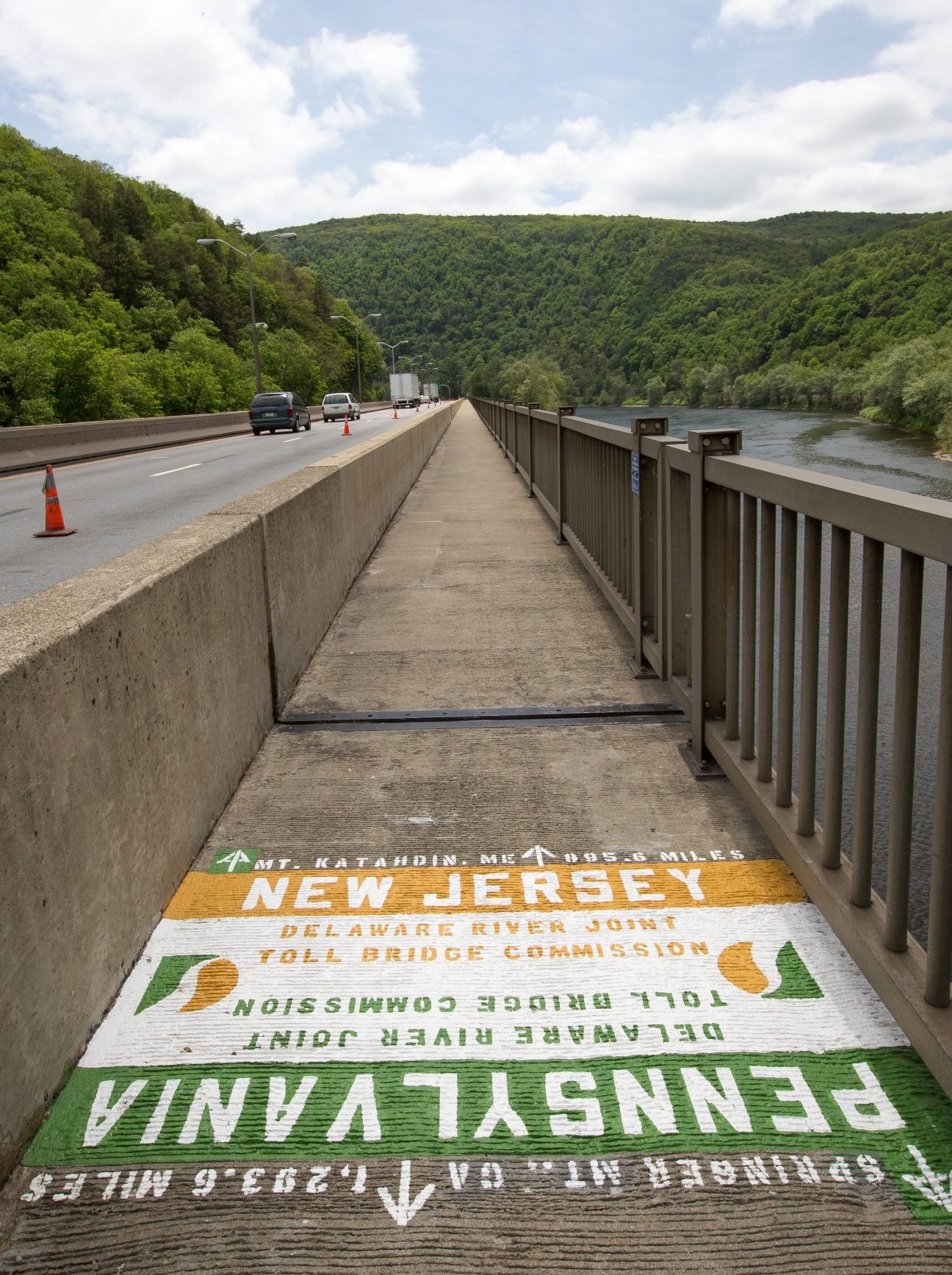The Commission is a quasi-public service-oriented agency, operating as a self-funded entity without any tax revenues from either of its two jurisdictional states or the federal government. Funding for the operation, maintenance and upkeep of its bridges and other structures is solely derived from revenues collected at its toll bridges. The agency has a full-time workforce of roughly 370 individuals, consisting primarily of maintenance workers, bridge monitors, and secuirty personnel..
Commission Overview
The Commission owns, operates and maintains 20 bridges connecting New Jersey and Pennsylvania across the Delaware River. Eight of these are toll bridges and 12 are toll-supported bridges, two of which are pedestrian-only.
The Commission’s 140-mile jurisdiction extends from the Philadelphia-Bucks County line to the New Jersey/New York state border. There are three “exception bridges:” the Burlington-Bristol Toll Bridge owned by the Burlington County Bridge Commission; the Delaware River Bridge linking the two state turnpikes; and the Dingman’s Ferry Bridge, a privately owned toll span between Pike County, PA. and Sussex County, N.J. In addition to its 20 Delaware River crossings, the Commission owns and operates an additional 34 approach structures (smaller overpass/underpass type bridges) throughout its river region.
The Commission operates pursuant to a Joint Agreement enacted by the two jurisdictional states of New Jersey and Pennsylvania in December 1934. The Agreement forms the basis of the agency’s federal Compact, first authorized by the United States Congress in 1935 (“Compact”).
A major change to the bi-state compact came in 1987 when it was changed to reflect modifications the two states made to the their Joint Agreement in 1984 and 1985 – assigning the Commission with full financial responsibility for the non-toll bridges within its jurisdiction. The Commission subsequently assumed ownership of the former state-owned, non-toll Delaware River crossings effective July 1, 1987. Prior to that time, the costs of operating and maintaining the non-toll bridges in the Commission’s jurisdiction were financed by equal-sized annual appropriations from the Commonwealth of Pennsylvania and the State of New Jersey. Prior to the 1987 Compact change, the Commission referred to these non-toll crossings as tax-supported bridges. Since toll revenues currently are its sole source of financial support, the Commission now refers to these bridges as toll-supported bridges.
A board of 10 commissioners — five from each state — governs the Commission. The New Jersey members are nominated by the Governor and confirmed by the state Senate for three-year terms. The Pennsylvania members are appointed by the governor and serve at his/her pleasure. The commissioners meet monthly to review reports, provide oversight and set policies carried out by the Executive Director and professional staff.
While the Commission’s major responsibility is ensuring the safe and efficient travel of motorists between New Jersey and Pennsylvania, the Commission’s Compact contains provisions for a broader mission. It empowers the Commission to evaluate the need for and the feasibility of additional river crossings within its jurisdiction and to plan and construct new related infrastructure.

